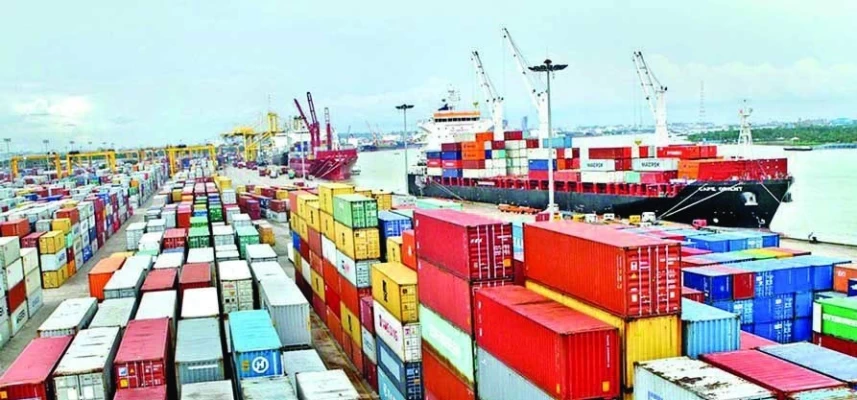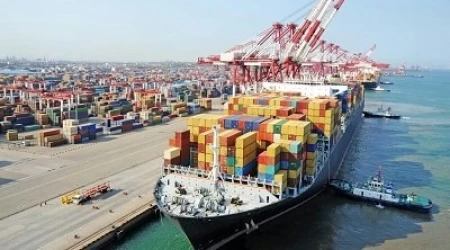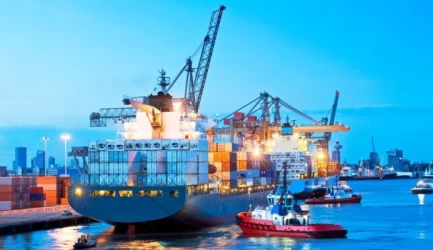Sea Freight in Bhutan
Bhutan, a landlocked country nestled in the Eastern Himalayas, faces unique challenges when it comes to sea freight. Despite its lack of direct access to the sea, Bhutan has developed a robust system to manage its import and export needs through neighboring countries. This article explores the intricacies of sea freight in Bhutan, focusing on the logistics, challenges, and opportunities that define this essential aspect of the nation’s economy.
Geographic and Economic Context
Bhutan is bordered by China to the north and India to the south, east, and west. Its rugged terrain and lack of direct sea access mean that all sea freight must pass through Indian ports. The primary port used for Bhutan’s sea freight is the Kolkata Port in India, located approximately 700 kilometers from Bhutan. This port serves as the main gateway for Bhutan’s international trade, handling the majority of its imports and exports.
Logistics and Infrastructure
The logistics of sea freight in Bhutan involve a multi-modal transportation system. Goods arriving at Kolkata Port are transported by road or rail to Bhutan. The journey from Kolkata to Bhutan typically involves several stages:
- Sea Transport: Goods are shipped to Kolkata Port from various international locations.
- Customs Clearance: Upon arrival at Kolkata, goods undergo customs clearance procedures.
- Inland Transport: Cleared goods are then transported by road or rail to Bhutan. The primary entry point into Bhutan is through the Phuentsholing border, which connects to the Indian state of West Bengal.
Bhutan has developed several dry ports to facilitate the handling and storage of goods. These dry ports, such as those in Phuentsholing, Gelephu, and Samdrup Jongkhar, play a crucial role in managing the flow of goods into and out of the country.
Challenges in Sea Freight
Several challenges impact the efficiency and cost-effectiveness of sea freight in Bhutan:
- Geographic Constraints: The mountainous terrain and lack of direct sea access increase transportation costs and time.
- Infrastructure Limitations: While Bhutan has made significant strides in developing its infrastructure, there are still limitations in road and rail connectivity that can cause delays.
- Customs and Regulatory Hurdles: Navigating the customs and regulatory requirements of both India and Bhutan can be complex and time-consuming.
- Dependency on Neighboring Countries: Bhutan’s reliance on Indian ports and infrastructure means that any disruptions in India can directly affect Bhutan’s trade.
Opportunities and Future Prospects
Despite these challenges, there are several opportunities for improving sea freight logistics in Bhutan:
- Infrastructure Development: Continued investment in road and rail infrastructure can enhance connectivity and reduce transportation costs.
- Regional Cooperation: Strengthening trade agreements and cooperation with neighboring countries can streamline customs procedures and improve efficiency.
- Technological Advancements: Implementing advanced logistics and tracking technologies can enhance the management of goods and reduce delays.
- Diversification of Trade Routes: Exploring alternative trade routes and ports can provide more options and reduce dependency on a single port.
Navigating Sea Freight Between Bhutan and Iran: A Complex Logistics Network
Sea freight between Bhutan and Iran involves a complex logistics network due to Bhutan’s landlocked geography. Goods are typically transported from Bhutan to the Kolkata Port in India, then shipped to Iran’s Bandar Abbas Port. From there, they are distributed across Iran. Conversely, goods from Iran follow the same route in reverse, starting at Bandar Abbas, shipped to Kolkata, and then transported overland to Bhutan. This multi-modal transportation system, involving sea, road, and sometimes rail, ensures that trade between the two countries remains efficient despite the geographical challenges.
Conclusion
Sea freight in Bhutan is a complex but vital component of the nation’s economy. While the geographic and logistical challenges are significant, ongoing efforts to improve infrastructure, regional cooperation, and technological adoption hold promise for the future. By addressing these challenges and leveraging opportunities, Bhutan can continue to enhance its sea freight capabilities and support its economic growth.
if you have a specific question or need more details about Bhutan Port, Iran's logistics experts are your answer!











